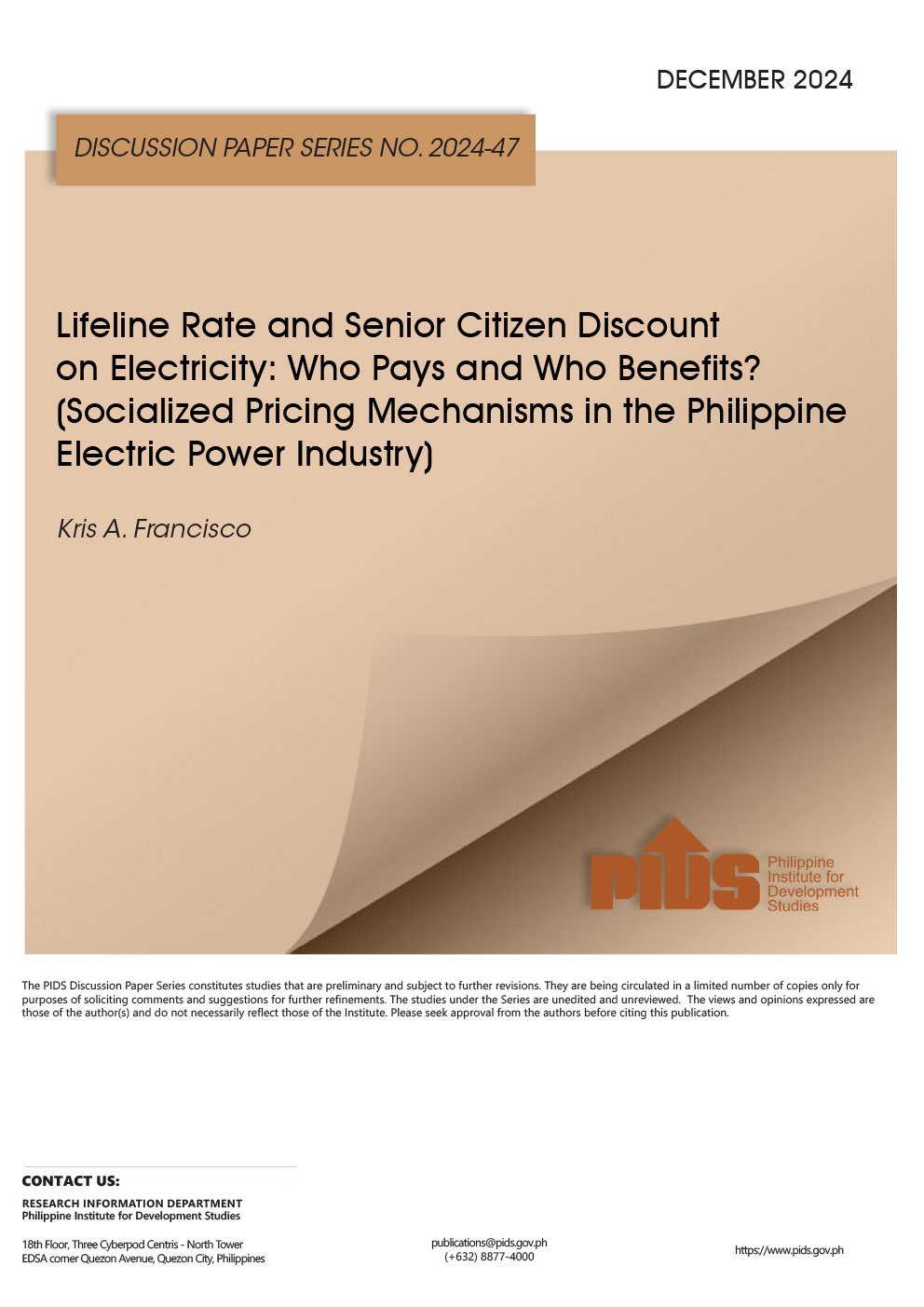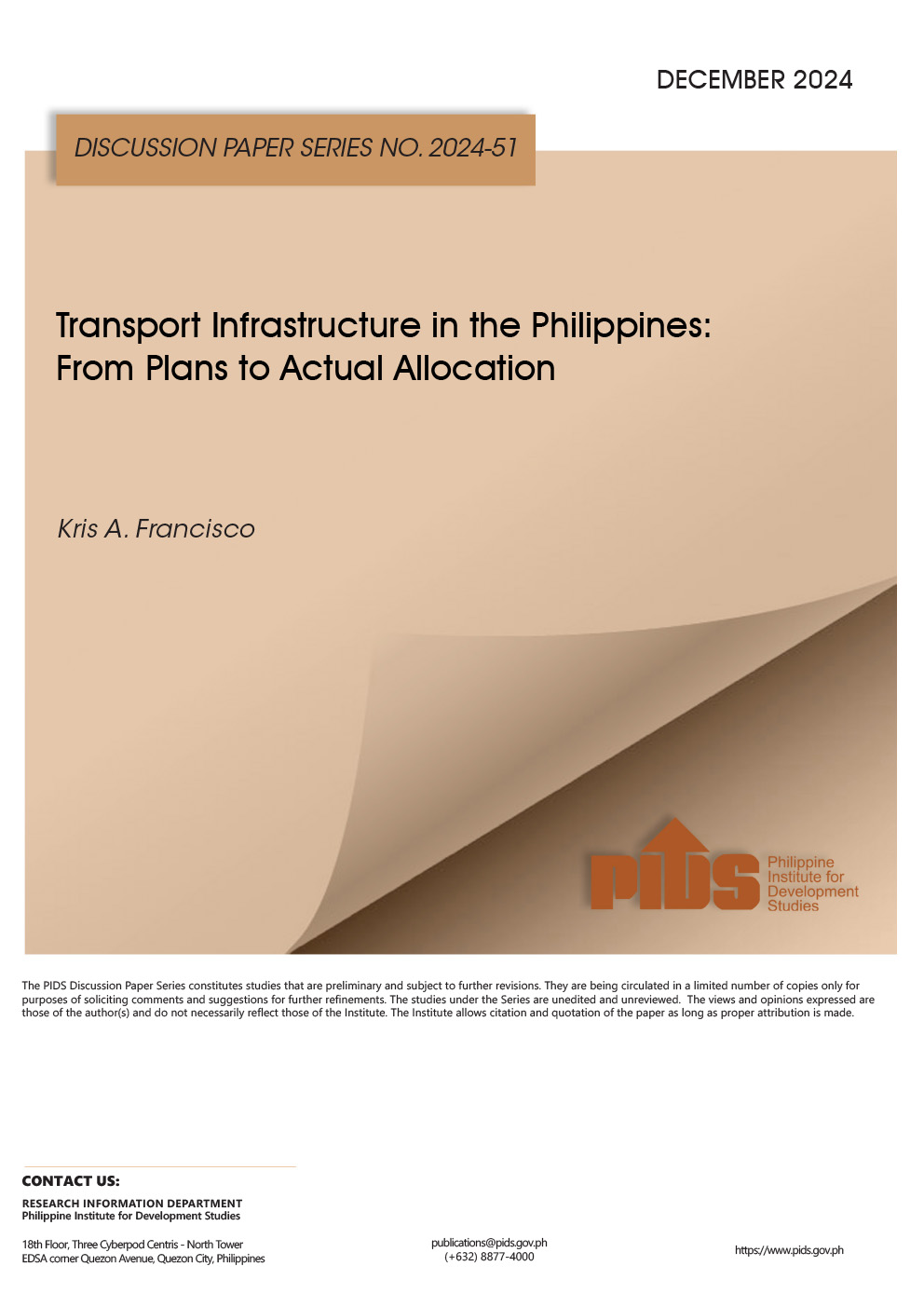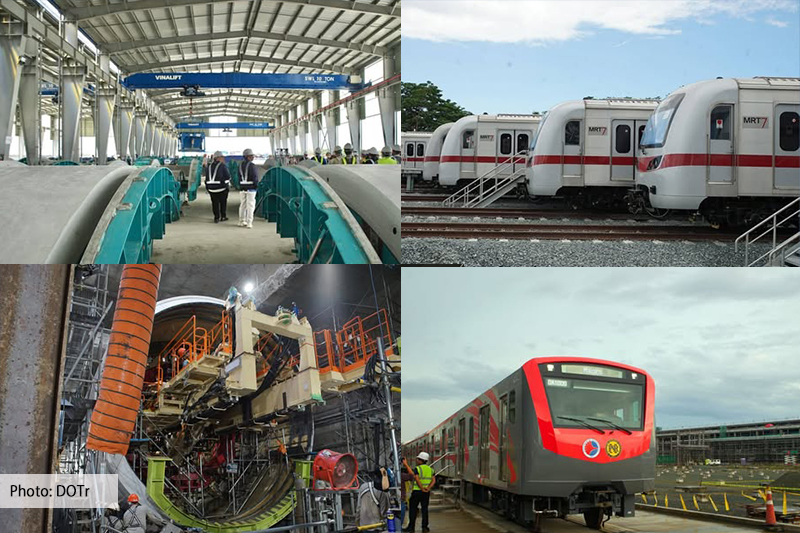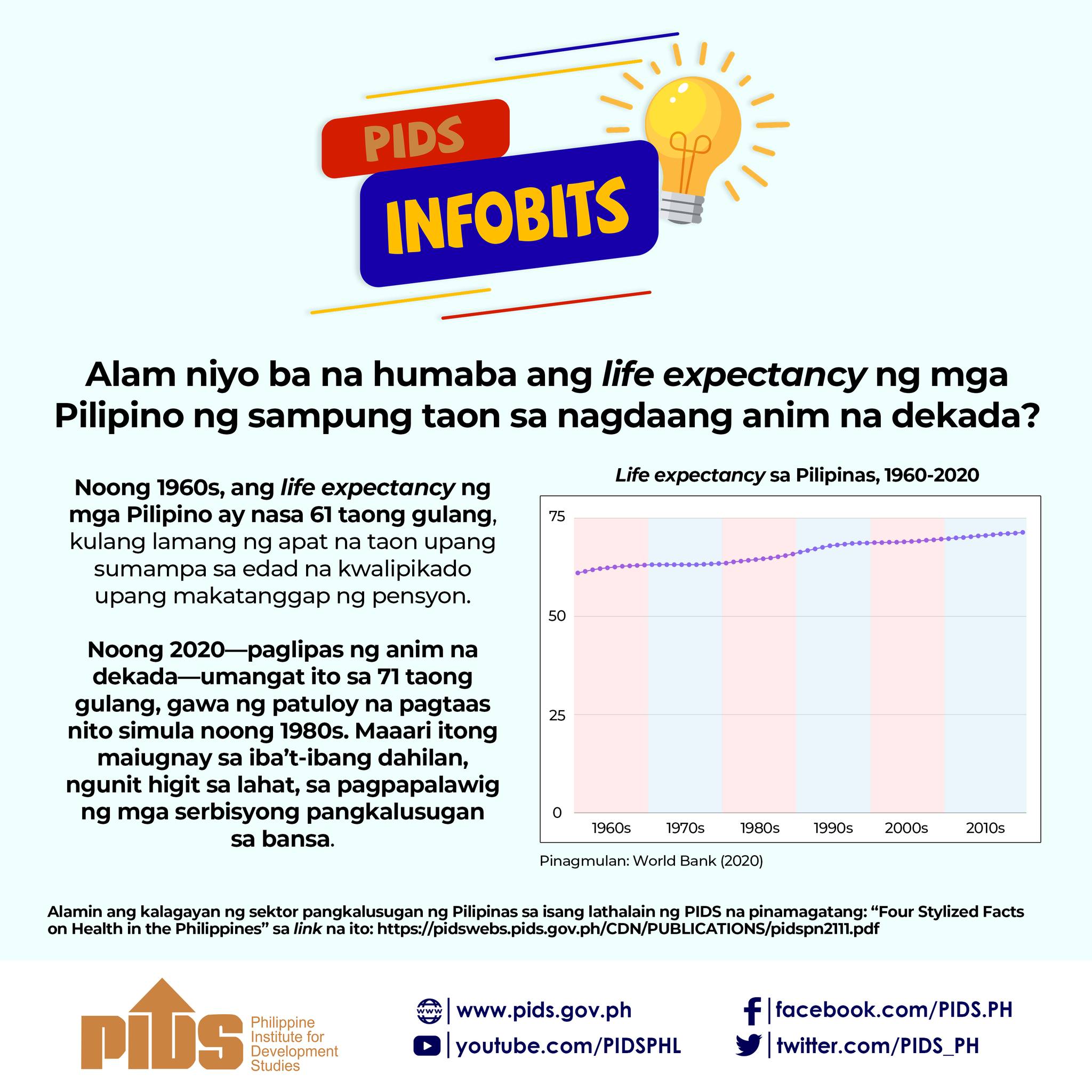THE PHILIPPINES must be prepared for some of the little-discussed aspects of operating nuclear power plants, including a plan life cycle of as long as 100 years, a government think tank said.
“Should the Philippines commit to a nuclear energy program, it must be prepared for a period of 100 years from construction to decommissioning,” Adoracion M. Navarro, senior research fellow at the Philippine Institute for Development Studies (PIDS), said in a statement.
At a webinar organized by PIDS, Ms. Navarro said the government must look into all the ramifications of adopting nuclear power.
“The Philippines is not letting go of its nuclear power ambitions; that is why we need to seriously consider the implications,” she said.
According to Ms. Navarro, the positive side of the nuclear power equation includes “reliability and how it can help the country’s climate targets given nuclear power’s zero carbon emissions.”
She said issues that need to be addressed include safety, waste disposal, and the cost of complying with rigorous international rules governing nuclear power.
Ms. Navarro recommends that the government conduct a comprehensive assessment of a nuclear power plant’s disaster risks and establish clear protocols for construction, decommissioning, and waste disposal and storage.
The Philippine Nuclear Research Institute has said that the government is considering small modular reactors in Occidental Mindoro and Palawan.
“It is the DoE (Department of Energy) that knows the suitable locations for SMRs, if SMRs are pursued. For big nuclear power plants our option is to revive BNPP or build a new one beside it because there is space for another reactor. The original plan for BNPP is to have two reactors. It depends on the decision of policymakers and willingness of private investors,” Ms. Navarro said.
At the webinar, Anne Estorco Montelibano, president of Philippine Independent Power Producers Association, said a policy and regulatory framework should be established to assess the feasibility of nuclear power.
“It needs a strong framework both on the policy and regulatory side. As investors, as generators, we would like to see what direction it is headed before actually trying to evaluate feasibility. As regards SMRs, the technology is expensive without the proper framework and we don’t want to pre-empt anything. This is a technology that we have to be very careful with,” Ms. Montelibano said.
Kris A. Francisco, a research fellow at PIDS said that the government should also ensure climate-proofing the power infrastructure surrounding any plant, which she called a significant investment that needs to be planned for.












